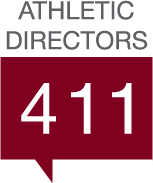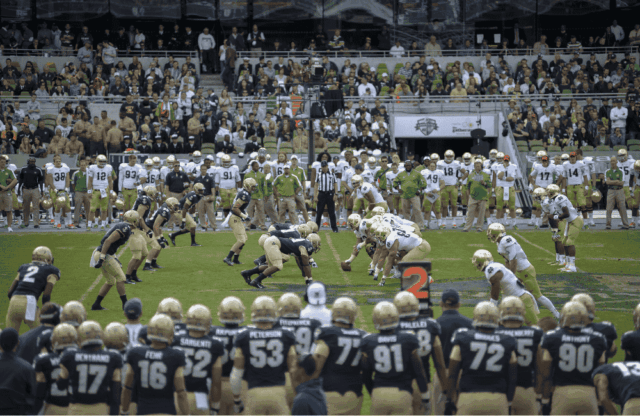College athletics is on the brink of its most significant transformation in modern history. With the final approval of the House v. NCAA settlement and an appeal already in motion, athletic directors must prepare for a new era of direct athlete compensation, operational overhauls, and potential legal entanglements. Here’s a comprehensive breakdown of the case, its initial resolution, the first major appeal, and what it could mean for your program.
The House v. NCAA Settlement: A New Chapter for College Sports
On June 7, 2025, Judge Claudia Wilken gave final approval to the $2.8 billion class-action settlement in the House v. NCAA case, originally filed in 2020. This case, combined with Hubbard v. NCAA and Carter v. NCAA, challenged the NCAA’s long-standing amateurism model, arguing that student-athletes were unfairly barred from earning compensation, especially in relation to Name, Image, and Likeness (NIL) opportunities.
Key Provisions of the Settlement
- Revenue Sharing – Starting July 1, 2025, Division I schools can opt in to directly share up to $20.5 million per year with athletes. Power 5 programs are required to participate.
- Back Payments – $2.8 billion in damages will be distributed over the next 10 years to athletes who were denied NIL earnings between 2016 and 2021.
- Roster Limits – Replacing scholarship caps, new roster size caps will be implemented (e.g., football limited to 105 players), allowing more athletes to receive full scholarships, but potentially reducing opportunities in equivalency sports.
- NIL Regulation Overhaul – A third-party clearinghouse called “NIL Go,” run by Deloitte, will vet deals over $600 for fair market value and enforce penalties for violations.
- Governance Changes – A new entity introduced this spring, the College Sports Commission, will monitor revenue-sharing compliance and NIL enforcement, shifting authority away from the NCAA.
This settlement not only avoids a projected $20 billion liability for the NCAA but also introduces a regulated, semi-professional model for college sports. Athletic departments must now adapt policies, budgets, and compliance operations accordingly.
The First Appeal: Title IX Concerns Challenge the Settlement
Just days after Judge Wilken’s approval, a group of eight women athletes filed the first appeal to the Ninth Circuit Court, challenging the back damages portion of the settlement on Title IX grounds.
Grounds for the Appeal
- Unequal Compensation – The appeal, led by athletes from Vanderbilt, College of Charleston, and the University of Virginia, argues that women will receive disproportionately less in back pay compared to male football and basketball players.
- Estimated Disparity – Attorney Ashlyn Hare claims female athletes may be shortchanged by over $1.1 billion, asserting that the damages formula ignores Title IX obligations for gender equity.
- Legal Argument – The appellants argue that if schools distribute revenue primarily to male athletes, they either need to ensure proportionality or risk losing federal funds by violating Title IX.
Though Judge Wilken dismissed earlier objections on these grounds, emphasizing that this was an antitrust case, not a gender equity case, she did note that athletes are free to pursue separate Title IX litigation.
For now, the appeal has stayed in the back payment portion of the settlement, pausing distribution until the case is resolved.
The House v. NCAA settlement is a historical moment for college athletics. As an athletic director, your leadership through this transition will shape your program’s future and the evolving identity of college sports itself.
Stay informed, stay compliant, and start planning.




